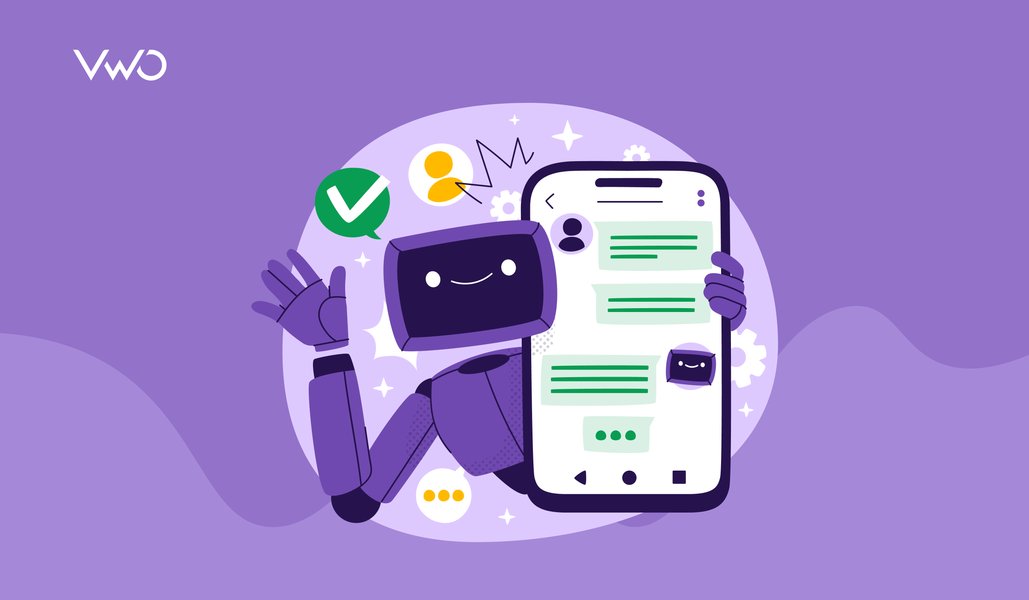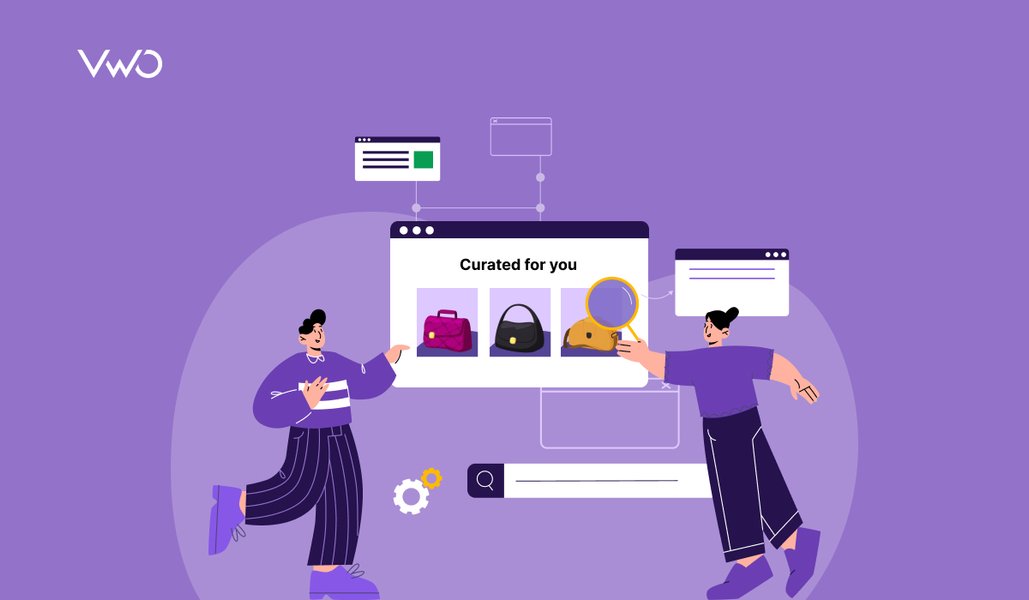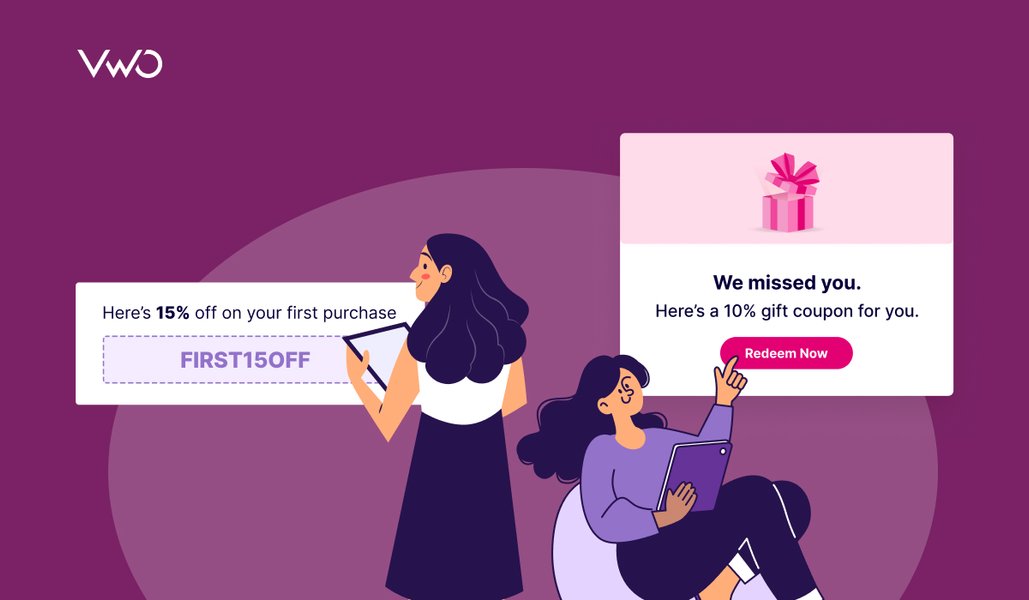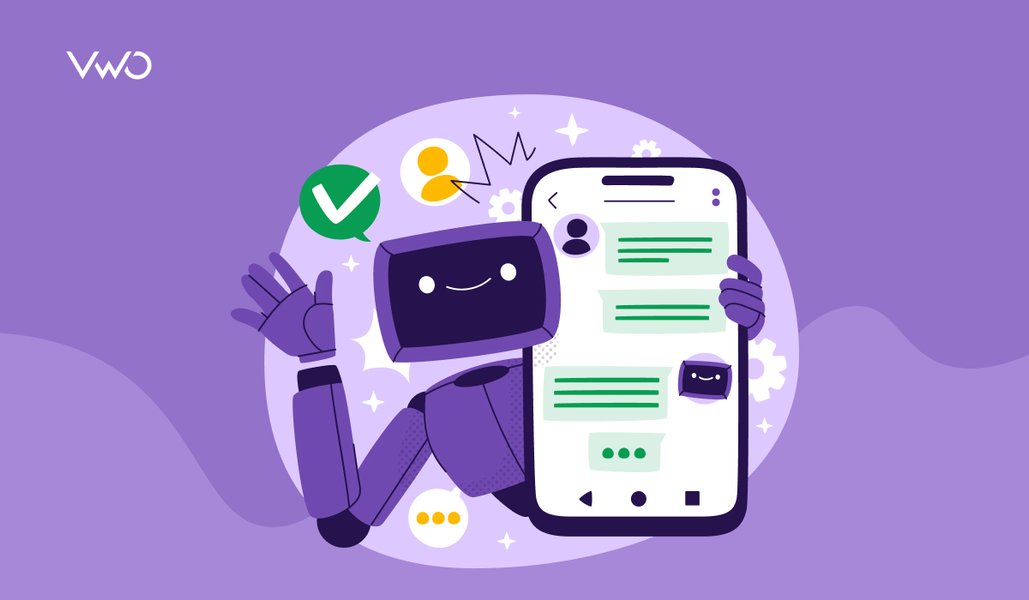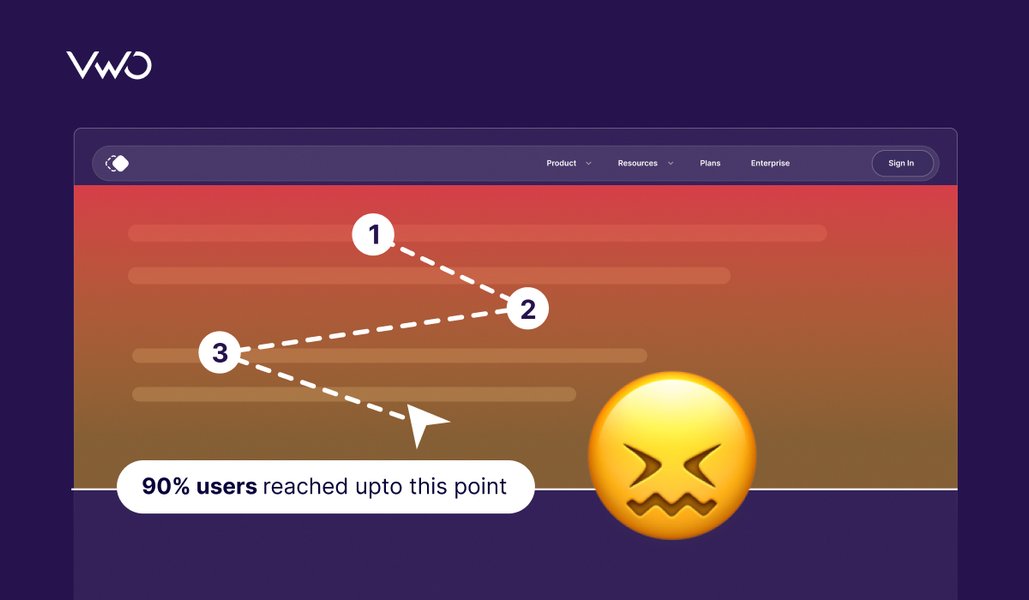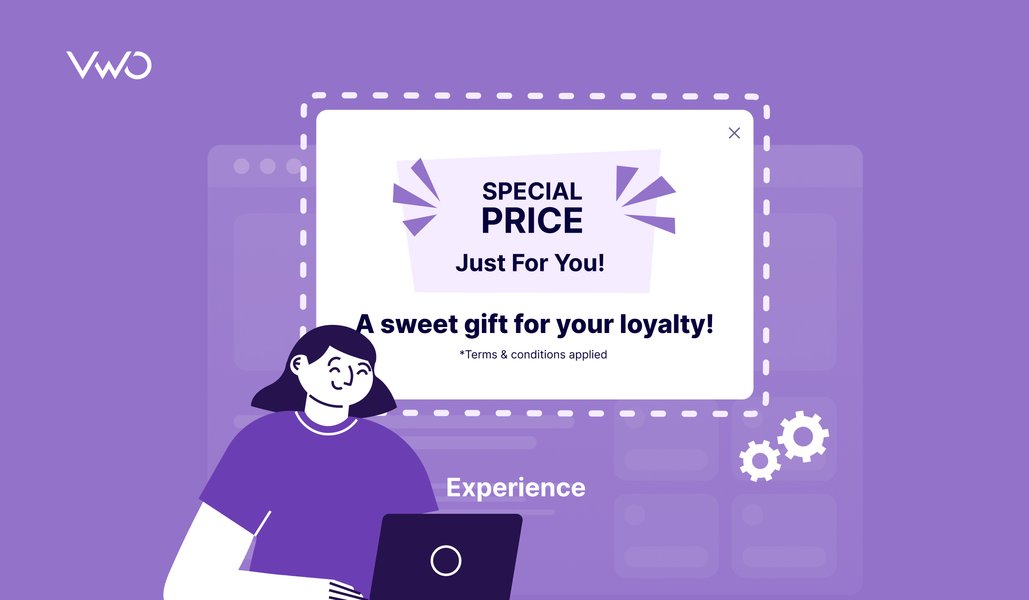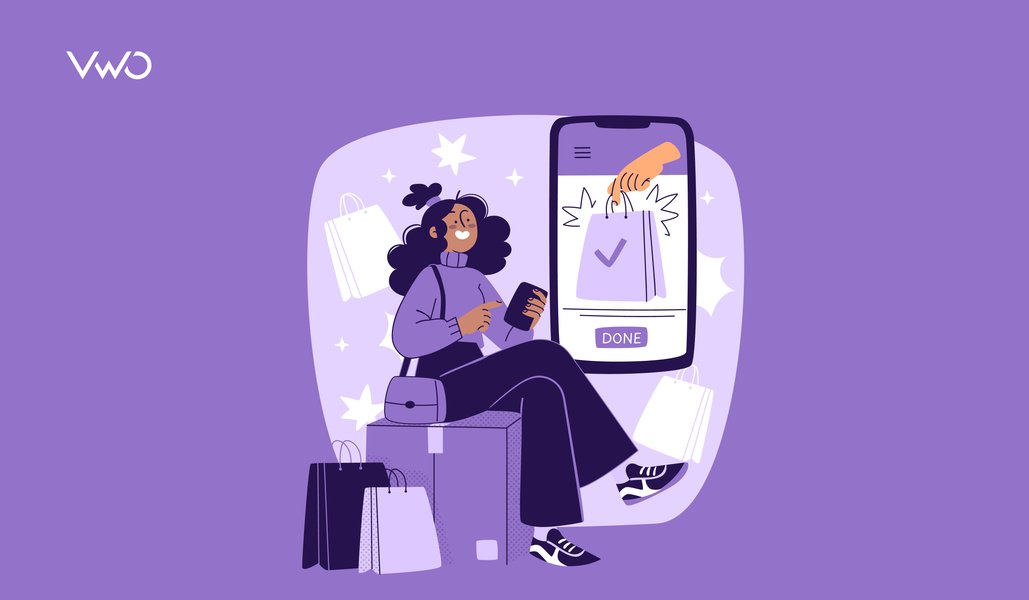Amazon gets 44% of its customers’ purchases from its personalized product recommendations alone. Now you might think that you are not Amazon.
However, using the customer data collected—identification details, behavioral insights, pre- and post-purchase habits—at each touchpoint, you can drive highly personalized website experiences at scale.
To do so, you must constantly invest in new strategies to understand your customers’ evolving tastes and preferences to personalize your website according to their needs.
In this blog post, we will discuss what website personalization is and provide some real-life brand examples to help you get started.
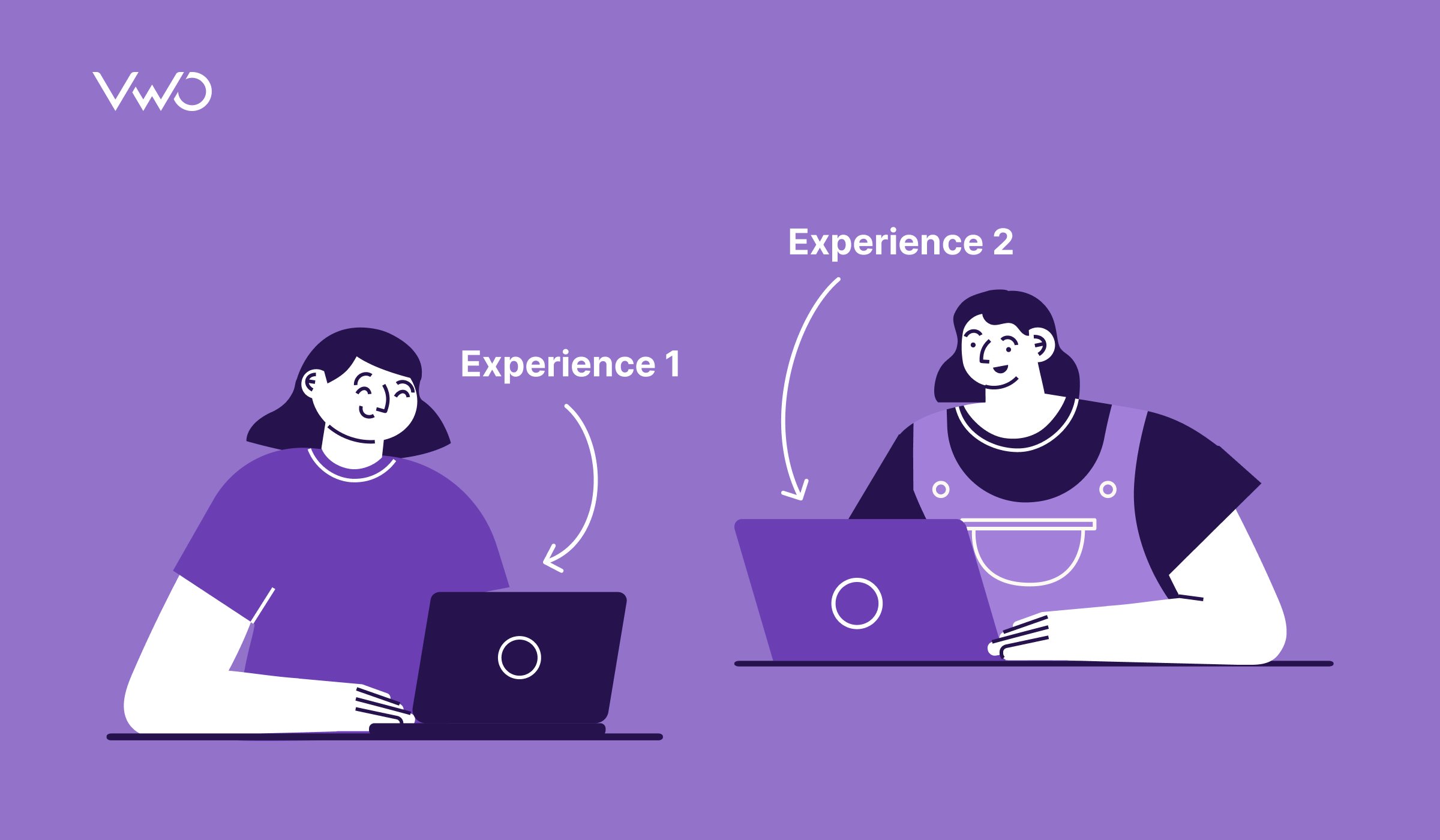
Website personalization refers to creating customized experiences for website visitors based on their preferences, behavior, demographics, and other relevant data.
Personalization can help you provide your visitors with products or services tailored to each user, enhancing their user experience and increasing engagement, conversions, and customer satisfaction.
Website personalization can take many forms, including:
1. Content personalization
This will help you to display different messages, content, and products to users based on their interests, browsing history, location, or other factors.
2. Product recommendations
Give personalized recommendations to new or repeat customers based on their past purchases, browsing history, or similar customers’ preferences, which is targeted to boost the likelihood of a user making a purchase.
3. Dynamic website elements
Add dynamically changing elements to your website, such as headlines, images, logos, images, banners, coupon codes, calls-to-action (CTA), or offers based on user behavior or preferences. For instance, if someone visits your website from a specific geography, showing the price of items in their local currency can decrease cognitive dissonance.
Examples of website personalization
If you are a travel geek, you must have noticed how your Instagram feed focuses more on travel-related content while your gym-going friend’s feed might be filled with fitness-related reels and posts. This is because Instagram’s algorithm prioritizes content by anyone they follow, similar content posted by other accounts on Instagram, content they share with other people, and sponsored posts tailored to them.
By doing so, Instagram creates an absolutely unique content viewing experience for each user, boosting engagement and customer retention.
This personalization is not only for social media platforms. Brands across sectors use website personalization to give their customers a unique user experience according to their preferences and drive higher engagement and conversion.
Let’s look at examples from top brands that use website personalization to deliver customer delight.
1. Quick shopping decisions with Walmart
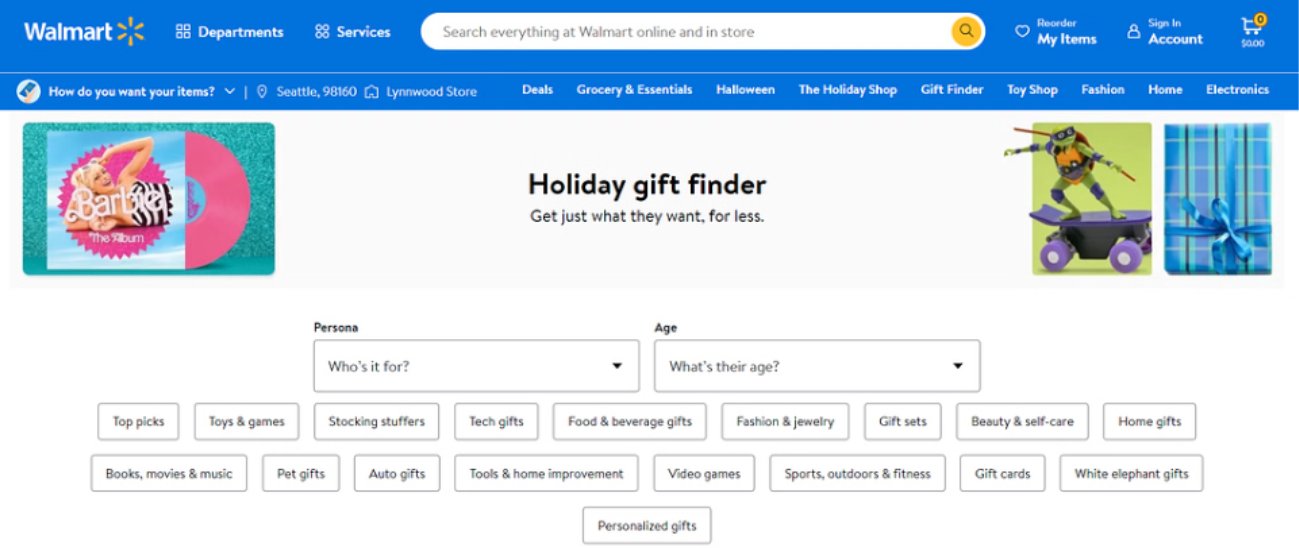
Image source: Simtech
Walmart uses website personalization to customize product suggestions by segmenting clients based on their past purchasing habits and browsing behavior.
During customers’ browsing sessions, Walmart tracks the products they see or click on and makes tailored recommendations. In addition, Walmart analyzes demographic data to enhance its suggestions and offers further.
Walmart adds new features and previews during holidays to their eCommerce site for different countries to give a festive touch to the shopping experience.
2. Customized banners by Myntra
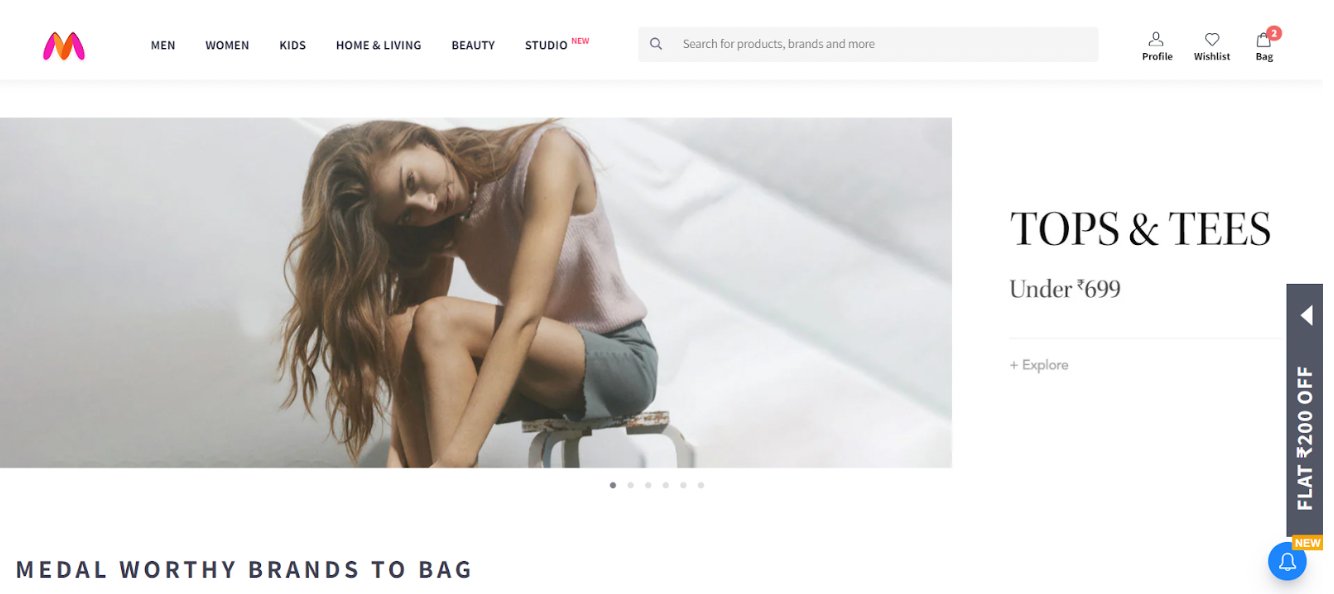
Image source: Myntra
An eCommerce brand, Myntra personalizes its website banners based on seasons or festivals, such as summer wear during the hot season, red clothes during Valentine’s Week, or ethnic wear during Diwali.
This gives customers the assurance that the collection is trending and the latest. The website banner personalization also varies depending on gender, location, purchase history, preferences, location, and segment. If you’re a regular visitor to their website and have signed up as a female, you will see the women’s clothing items banner every time you land on their webpage.
Myntra’s website also shows its customers the last browsed items to boost the chances of completing the purchase.
3. Tailored audio recommendations by Spotify
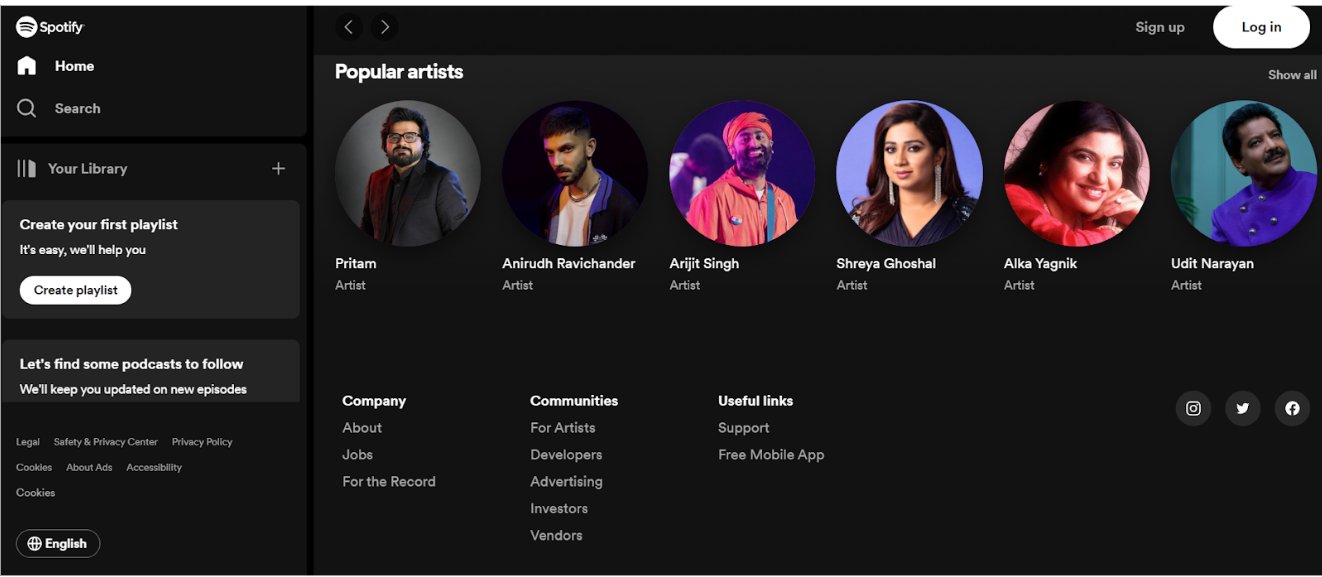
Image source: Spotify
Spotify, the music streaming platform, has mastered the art of personalization by leveraging user data such as listening history, favorite genres, and mood preferences. Spotify curates personalized playlists for each user.
When new users log in to Spotify, they select their favorite artists or genres. These responses help the audio streaming platform curate personalized playlists and recommend songs while also considering their listening history or the country they’re listening from.
Spotify’s Discover Weekly playlist updates users to new music based on their listening habits. This personalized approach enhances user experience and fosters loyalty and engagement.
These personalized playlists allow users to groove to their favorite music and discover new trending songs. Spotify leverages AI and machine learning to apply personalization capabilities on a large scale.
4. Unique content and messaging on Hubspot
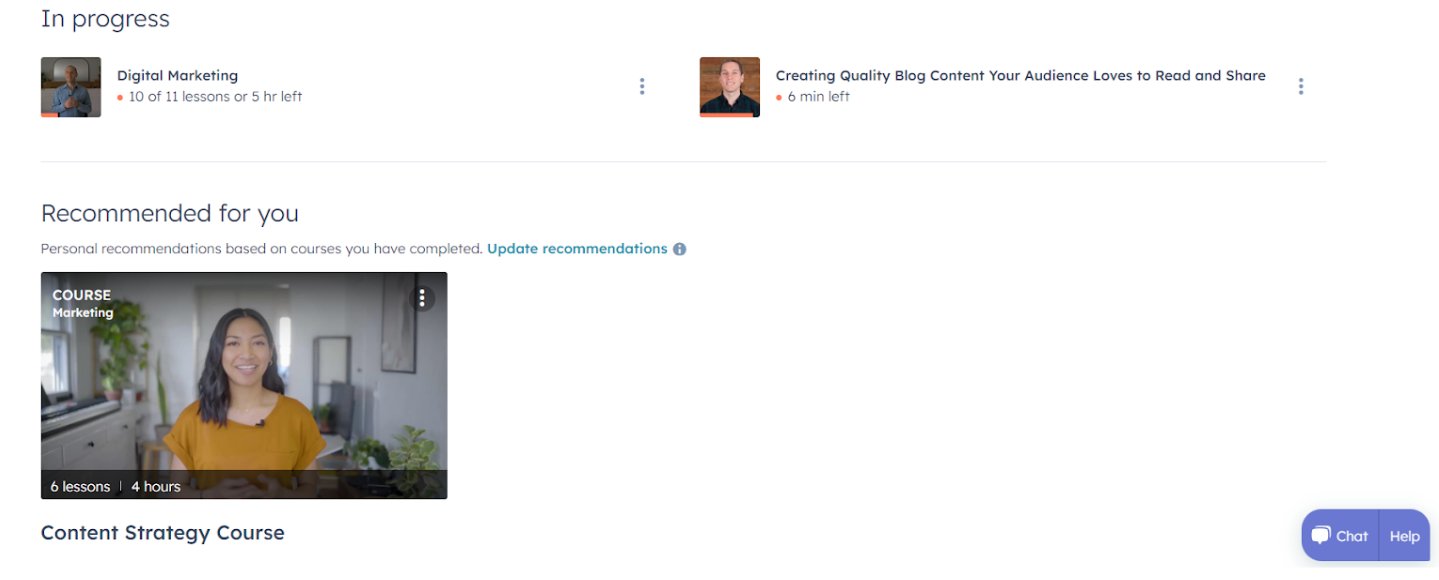
Image source: Hubspot Academy
Hubspot, a popular CRM platform, analyzes users’ browsing history and engagement to customize the layout and functionality of its website.
It incorporates website personalization in its marketing campaigns or regular website visitors. For instance, a website visitor who logs into Hubspot Academy will see course recommendations that best fit you based on your past searches and courses completed, along with the view of ongoing courses.
The content and messaging showcased to each of its visitors will be unique and tailored to the ad, helping the company increase conversions and sales.
5. Plan trips easily with Expedia
Expedia, a travel tech company that operates as a travel fare aggregator, personalizes the landing page based on the visitor’s past searches, bookings, and preferences and in this way recommends relevant hotels for their upcoming vacation.
From booking pet-friendly stays to ocean-view villas, you can easily navigate all options available on their website.
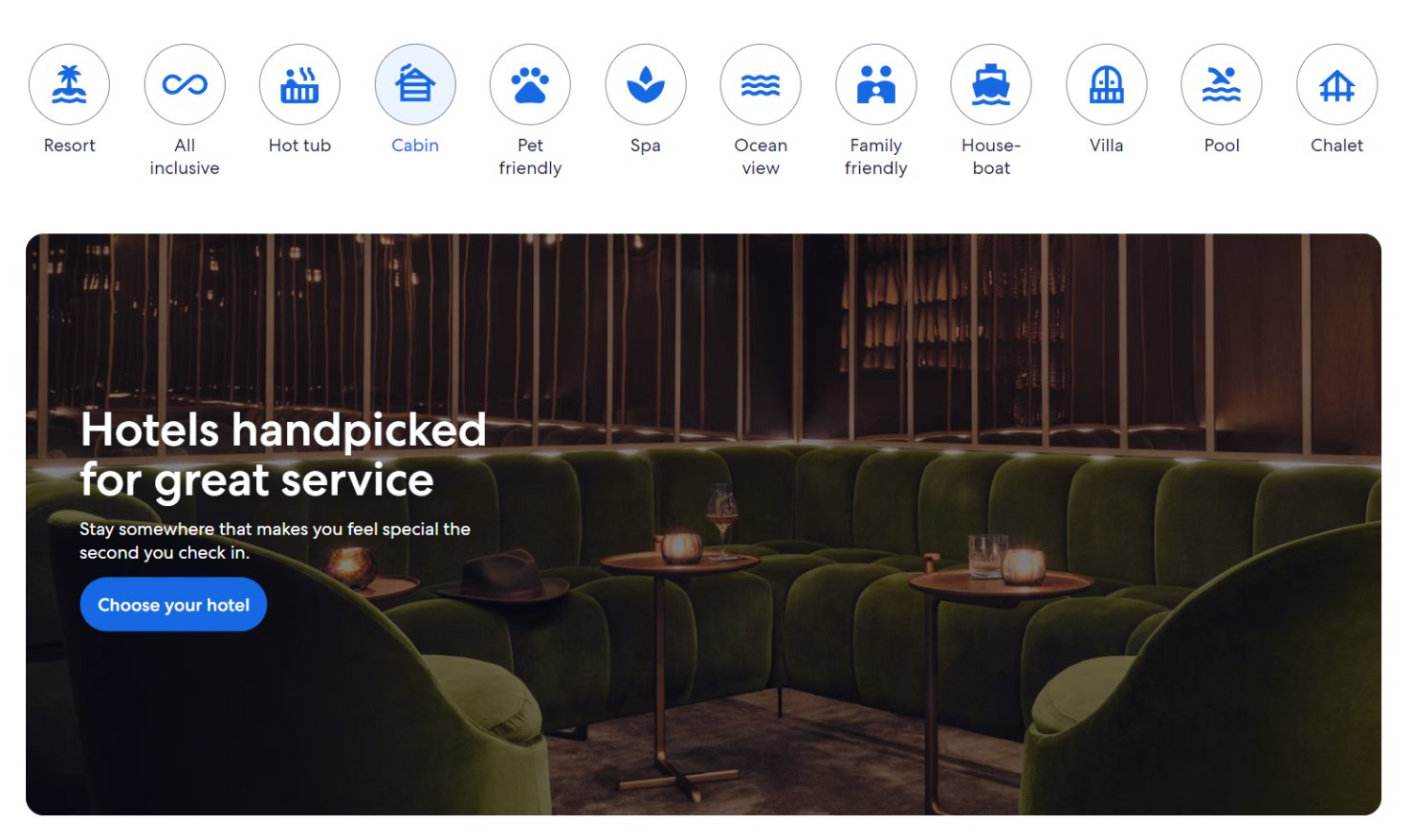
Expedia also offers special discounts to its existing customers based on their past sales and bookings. Customers get special discounts, coupons, and tier-based benefits based on their membership level.
Expedia’s website has personalized branding and offers to motivate customers to make more bookings.
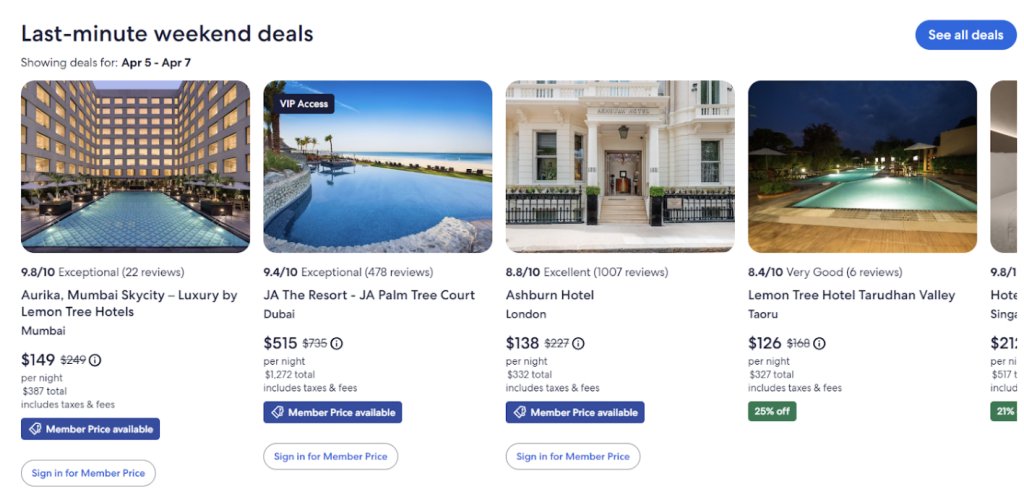
Expedia has also developed a Trip planner, which helps customers easily plan vacations according to their personal preferences.
It allows website visitors to save their favorite hotels and helps them decide this with their friends’ group in one place. Visitors don’t have to share multiple links to a group chat to get feedback from their travel group. Once the itinerary has been finalized, they can make the bookings and keep them organized in one place.
Personalized experiences with VWO Personalize
VWO Personalize is a game-changer for your brand’s website. It makes the website personalization process super simple and customizable. Use VWO Personalize to deliver tailored experiences to each customer, boosting your business’s engagement, conversions, and revenue.
Marketers can handle personalization campaigns independently, given the platform’s ease of use. With VWO’s WYSIWYG Visual Editor, they do not have to worry about writing codes to create customized messages, banners, or pop-ups.
With just a few clicks, you can add custom widgets or drag-and-drop templates from VWO Personalize’s Widget Library to create personalized experiences.
With VWO Personalize, you can track who is browsing your website, whether new or regular visitors and use this data smartly to create personalized website experiences for your users (potential customers).

VWO allows users to be segmented into distinct groups (age, gender, location, etc.) to help provide targeted messages and offers to each segment. Adjust website content, product placement, and banners based on user behavior and preferences in real-time.
Beyond just implementing personalization strategies with VWO, it also quantifies the impact of personalization across segments and dimensions. You can view all your conversion goals achieved using real-time reports, giving you the power to alter, update, or retain your personalization strategy.
Book your free trial now with VWO.
In conclusion
Given today’s digital landscape, it is crucial to understand your customer’s needs and preferences at the right time and place. Website personalization is critical for delivering tailored experiences that resonate with individual preferences, helping businesses drive engagement, loyalty, and revenue.
According to Gartner, 63 percent of digital marketers still find it challenging to implement personalized experiences effectively. Tools like VWO Personalize can help marketers overcome these challenges to achieve customer acquisition and retention goals.
Ramp up your website personalization efforts to the next level with VWO.



